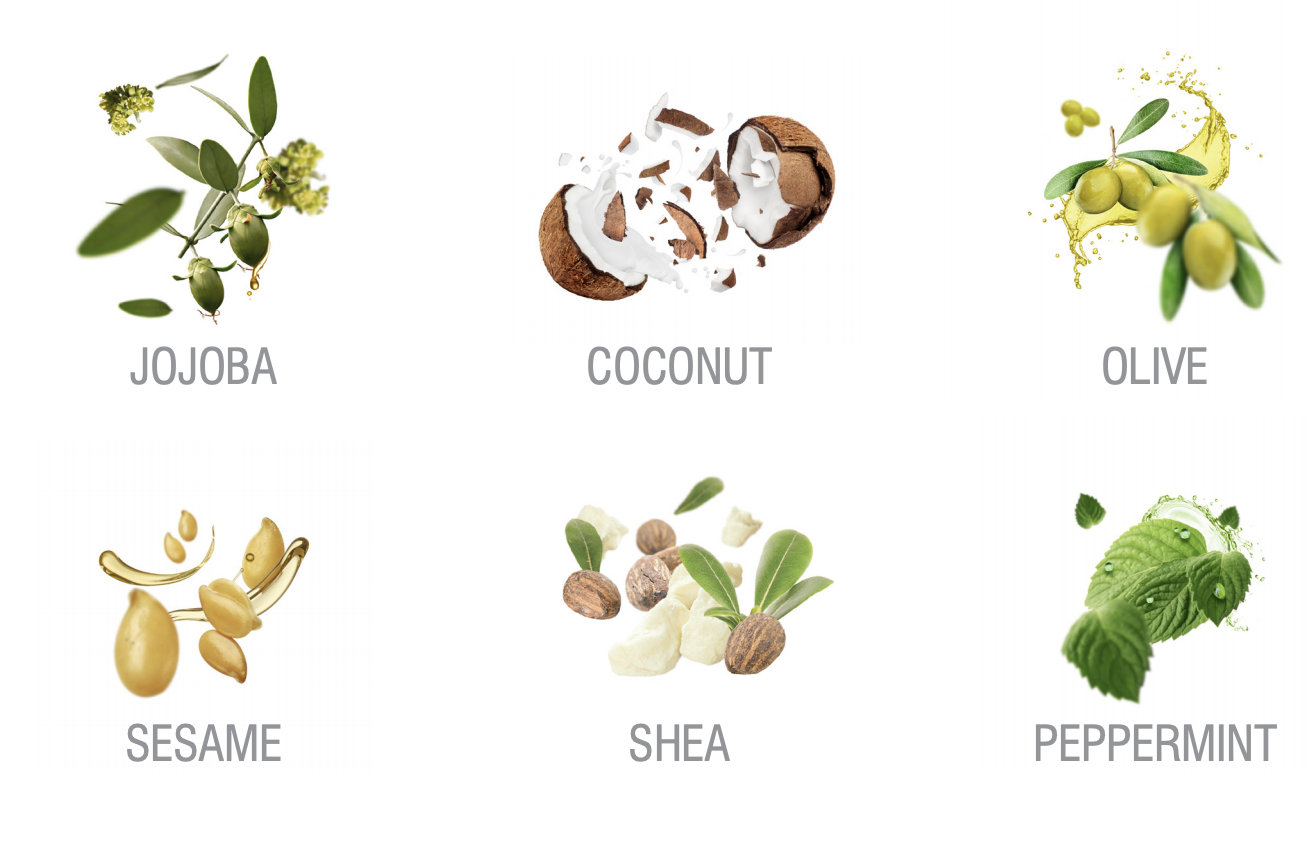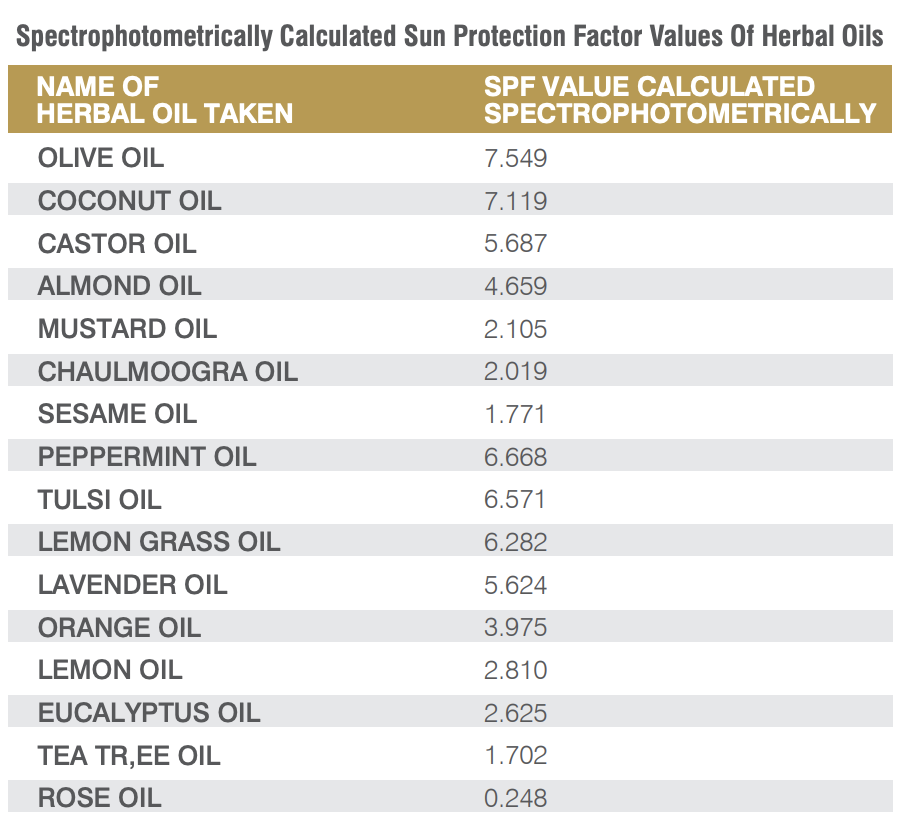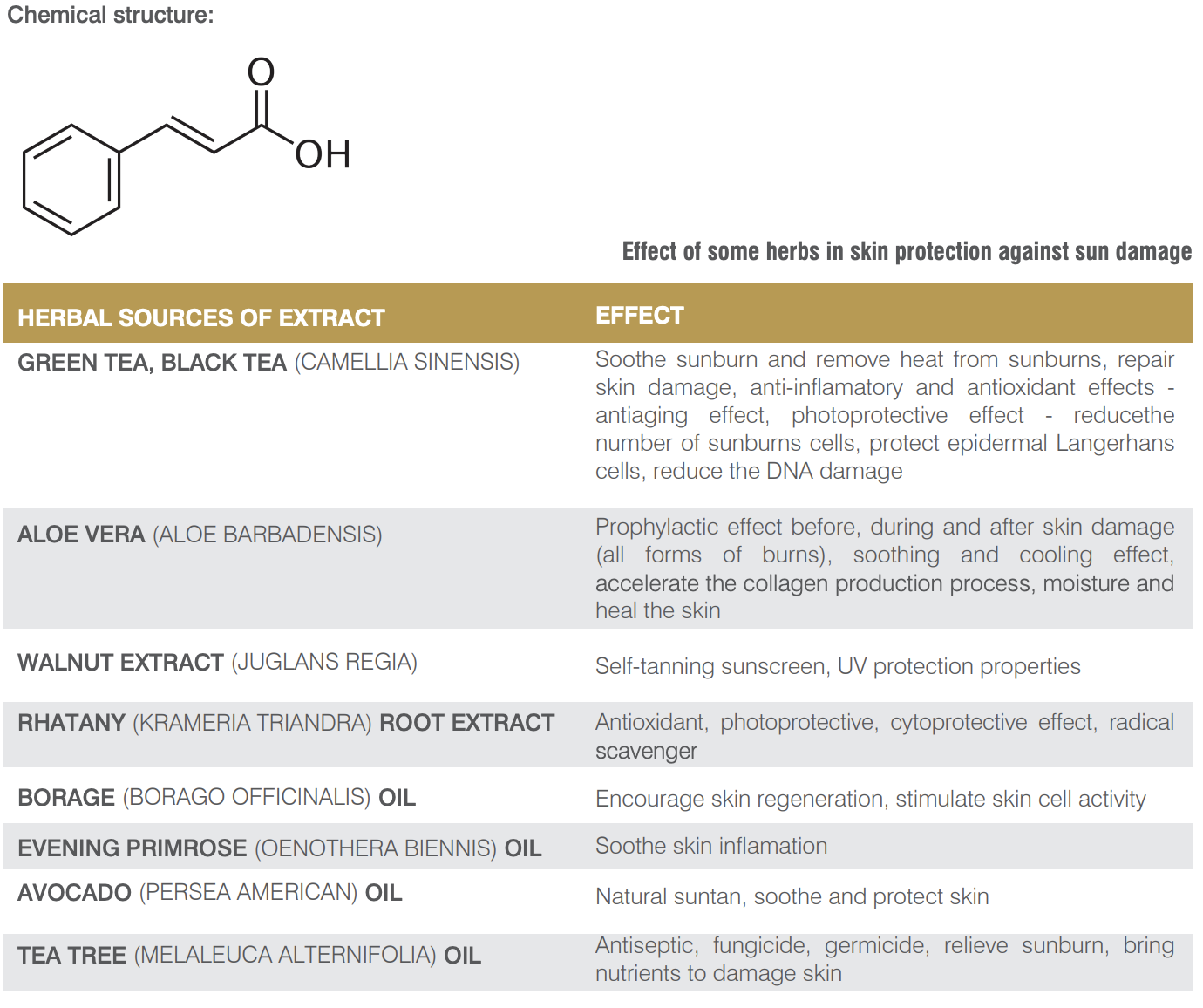POTENTIAL OF HERBS IN SKIN PROTECTION FROM ULTRAVIOLET RADIATION
Radava R. Korać and Kapil M. Khambholja
Herbs have been used in medicines and cosmetics from centuries. Their potential to treat different skin diseases, to
adorn and improve the skin appearance is well-known. As ultraviolet (UV) radiation can cause sunburns, wrinkles, lower
immunity against infections, premature aging, and cancer, there is permanent need for protection from UV radiation and
prevention from their side effects. Herbs and herbal preparations have a high potential due to their antioxidant activity,
primarily. Antioxidants such as vitamins (vitamin C, vitamin E), flavonoids, and phenolic acids play the main role in
fighting against free radical species that are the main cause of numerous negative skin changes. Although isolated plant
compounds have a high potential in protection of the skin, whole herbs extracts showed better potential due to their
complex composition. Many studies showed that green and black tea (polyphenols) ameliorate adverse skin reactions
following UV exposure. The gel from aloe is believed to stimulate skin and assist in new cell growth. Spectrophotometer
testing indicates that as a concentrated extract of Krameria triandra it absorbs 25 to 30% of the amount of UV radiation
typically absorbed by octyl methoxycinnamate. Sesame oil resists 30% of UV rays, while coconut, peanut, olive, and
cottonseed oils block out about 20%. A “sclerojuglonic” compound which is forming from naphthoquinone and keratin
is the reaction product that provides UV protection. Traditional use of plant in medication or beautification is the basis
for researches and making new trends in cosmetics. This review covers all essential aspects of potential of herbs as
radio-protective agents and its future prospects.
Many liquid oils extracted from fruit and vegetable seeds are light, low in viscosity and less occlusive than hydrocarbon
oils. Their penetrating and carrying properties, as well as their natural content of tocopherols, carotenoids and essential
fatty acids, make them highly valuable. Several natural-base sunscreen lotions, including the oils of almond, avocado,
coconut, cottonseed, olive, peanut, sesame and soyabean, have been reported to have UV filters. In general, when
applied to skin, the vegetable oils are easily absorbed and show great spreadability
NATURAL SUBSTANCES FOR SKIN PROTECTION
NATURAL SUN BLOCKERS
The skin's natural sun blockers are proteins (the peptide bonds), absorbing lipids, and nucleotides. The high
concentration of plant peptides protects the peptide bonds of the skin proteins. The high level of squalane (from olive
oil) in some products protects the skin's sensitive lipids. Squalene is the skin's most important protective lipid. Allantoin
is a nucleotide that naturally occurs in the body and absorbs the spectrum of UV radiation which damages the cell's
fragile DNA. Allantoin is an extract of the comfrey plant and is used for its healing, soothing, and anti-irritating properties.
This extract can be found in antiacne products, sun care products, and clarifying lotions because of its ability to help heal
minor wounds and promote healthy skin. Some clinical studies confirm that allantoin enhance skin repair.
NATURAL SOURCES OF ANTIOXIDANTS
The main destroying factors for skin are oxygenated molecules which are often call “free radicals.” To stimulate the skin
to repair and build itself naturally, we need an arsenal of potent ingredients. The “antioxidant power” of a food is an
expression of its capability both to defend the human organism from the action of the free radicals and to prevent
degenerative disorders deriving from persistent oxidative stress. Plants like olive trees have their own built-in protection
against the oxidative damage of the sun, and these built-in protectors function as cell protectors in our own body. The
very pigments that make blueberries blue and raspberries red protect those berries from oxidative damage.
ANTHOCYANINS
Anthocyanidins and their derivatives, many found in common foods, protect against a variety of oxidants through a
number of mechanisms. Cyanidins, found in most fruit sources of anthocyanins, have been found to “function as a potent
antioxidant in vivo” in recent Japanese animal studies. In other animal studies, cyanidins protected cell membrane lipids
from oxidation by a variety of harmful substances. Additional animal studies confirm that cyanidin is four times more
powerful an antioxidant than vitamin E. The anthocyanin pelargonidin protects the amino acid tyrosine from the highly
reactive oxidant peroxynitrite. Eggplant contains a derivative of the anthocyanidin delphinidin called nasunin, which
interferes with the dangerous hydroxyl radical-generating system—a major source of oxidants in the body.
JOJOBA OIL
Hydrolyzed jojoba esters are derived from jojoba oil, a unique natural oil expressed from the seed of the jojoba plant.
Jojoba oil (INCI: Simmondsia Chinensis (Jojoba) Seed Oil) is unlike other “fixed,” i.e. botanically derived, oils in that it is
a true wax ester, in contrast to the triglyceride oils often found in the seeds of other botanical species. Jojoba oil primarily
consists of straight chain monoesters of C20 and C22 alcohols and fatty acids with one point of unsaturation on each
side of the ester linkage.1 It is the only known botanical wax ester that remains liquid at room temperature. In addition,
its chemical structure is similar to the large wax ester component of human skin sebum, making jojoba oil well-suited to
augment skin moisturization and barrier repair. Similarly, hydrolyzed jojoba esters (HJEs) also exhibit unique
moisturization and substantive properties in cosmetic and personal care formulations, as will be shown. HJEs are the
partial saponification product of jojoba oil, whereby the ester bond linking the constituent fatty acids and alcohols is
severed, thus liberating the hydrophobic fatty alcohol and creating a hydrophilic salt of the jojoba fatty acid.
SHEA BUTTER
Shea butter or shea nut butter (Butyrospermum Parkii), is a natural fat extracted from the seed of the shea or karite tree
by crushing and boiling. The shea tree grows naturally in West Africa. Shea butter’s main use is as moisturizer in skin
care preparations. But you may be surprised to hear that shea butter is also edible and can be used in food preparation
where it is sometimes substituted for cocoa butter in making chocolate.
It is high in vitamins A and E and catchins (antioxidants). In addition, shea butter contains cinnamic acid, which is a
natural UV filter.
• Rapidly absorbed by the skin without greasiness
• Natural SPF of 6



